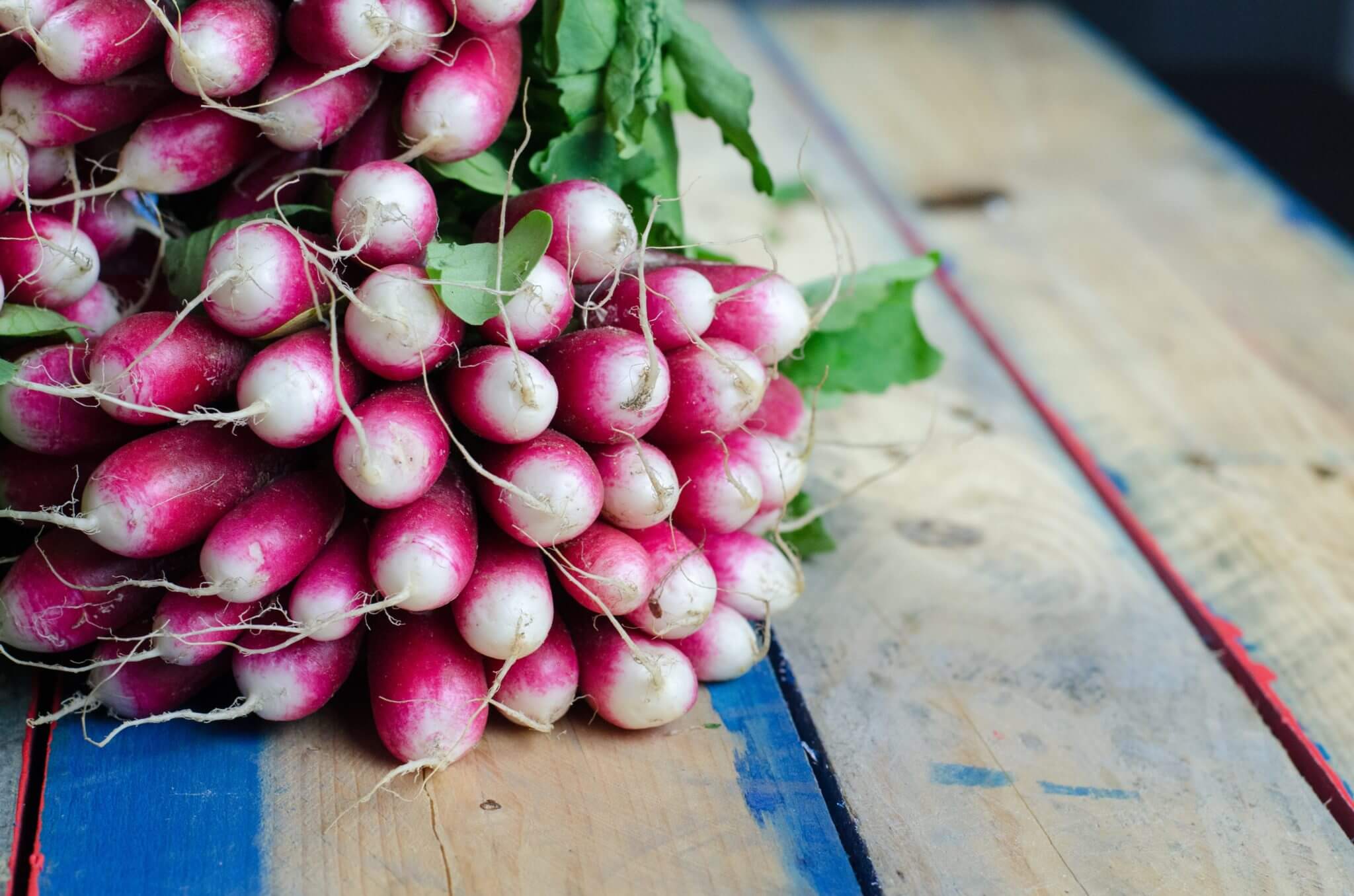Phone: 303.945.2490 Fax: 866.592.6911 Email: [email protected]
621 Kalamath St. Ste 175, Denver, CO 80204
We’re celebrating the third annual Out Living It Day on Saturday, July 26! This special day of Out Living It celebrates our belief in the ongoing healing power of adventure and connecting with community.
Celebrate Out Living It Day with us on Saturday, July 26, by joining a Community Adventure near you!
JOIN US FOR A 2025 HEALING ADVENTURE!
Know Your Roots!
I realized summer was winding to an end as I started to see yellow school busses and a few fallen leaves. Top ten lists of the signs of autumn are beginning to appear sighting all those warm fuzzy things we love like football season, autumn colors, crisp air and pumpkin spice everything.
But here’s what I’m thinking…peak season for root vegetables!
Ok, so maybe most people don’t’ get as excited about rutabagas and parsnips as they do about pumpkin spiced lattes. Let’s face it, root vegetables can be intimidating, gnarly and strange looking, with a reputation of tasting like dirt. But, don’t run for the hills yet, keep reading for some inspiration to embrace these outcast vegetables. Not only are they super rich in nutrients, they are also versatile in the kitchen and taste amazing when prepared well.
Health Benefits of Root Vegetables
Root veggies are packed with nutrients because they grow under the ground and absorb lots of good stuff from the soil. Each variety has it’s own special benefits, so mix it up and try lots of different ones! These beauties also have complex carbohydrates and fiber to keep you fueled for activity, feeling full and regulate blood sugar for steady energy.
How to shop for your roots
A farmers market is a great place to find cool varieties of these seasonal oddities, but many of the more familiar roots like beets, carrots, parsnips and sweet potatoes are available year round at any supermarket. Look for firm roots that feel dense. If they have stems and leaves attached they should be fresh looking and not wilted.
Types of Root Veggies
The more commonly available root veggies are beets, carrots, sweet potatoes, parsnips, turnips, radishes, onions and garlic. A few other fun ones to try are kohlrabi, celery root and yucca.
But how do I cook them?
Ah, the most important question! You can’t get all those health benefits if you don’t know how to tame the knobby looking thing into something tasty.
Steaming is an excellent way to prepare many root vegetable as it tends to retain the most nutrient content. It’s a great method for beets and carrots. You can also steam roots for mashing like rutabega and parsnips. Puree with a touch of good olive oil and sea salt for a combination that will make your mashed potatoes jealous.
Roasting produces an excellent concentrated flavor. You can combine an assortment of root veggies. Just be sure to cut them about the same size. Toss in a little bit of oil and season with salt and pepper and some hearty herbs such as rosemary or thyme. Using a higher temperature in your oven (450) will produce nice caramelization and make them even tastier.
Saute or stir fry thin slices of root veggies for a quick and easy fix. When combining with other veggies, add the roots to the pan first because they take longer to cook.
Grilling is also an option. Brush thin slices with oil and seasoning for a nice smokey flavor.

My Fave Roots!
I love celery root! It looks kind of like a hairy clod of dirt at first glance, but when you cut away the deceiving exterior, inside there is a creamy white flesh perfumed with a delicate celery scent. You can use it raw, sliced very thin in salads or roast little cubes of it into caramelized perfection. I use it all the time in pureed soups to replace regular celery because it adds body without add extra fat.
Kohlrabi looks kind of like an alien space ship, but this one is also a real gem. The texture and taste is similar to a broccoli stem. Just peel away the extraterrestrial outside and slice or shred it for slaw or an excellent addition to potato salad. It softens nicely when cooked for a delicious casserole. The leaves are also edible and can be used like collards or kale.
Beets are available year round and pack a real punch when it comes to nutrition. Roasting them produces a deep flavor, but steaming is much quicker and preserves nutrients. You’ll know they are done when you can easily insert a knife into the center. Let them cool a bit and then use a paper towel to simply rub the peel off.
This is one of my favorite ways to enjoy beets.

Jeweled Hummus
The deep pigmented beet root is provides powerful compounds that protect against heart disease and certain cancers. Beans are high in fiber and protein and provide a boost of nutrition for a small amount of calories. Sesame is a good source of calcium.
1 can (15.5oz) white beans
1 or 2 cloves garlic
2 Tbsp Sesame Tahini
Juice from 1 Lemon
1 medium cooked beet
1 tsp cumin
1 tsp coriander
Salt & pepper to taste
Blend all ingredients in a food processor for 2 min. Serve as a dip with fresh veggies. Also great as a filling for wraps.
ENJOY!
Jenna Baker aka Lamb chop, is the chef manager for First Descents program nutrition. She currently lives in Virginia with her three daughters where she teaches yoga and health supportive cooking.